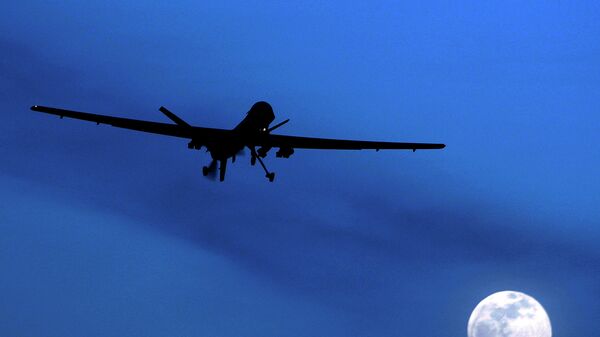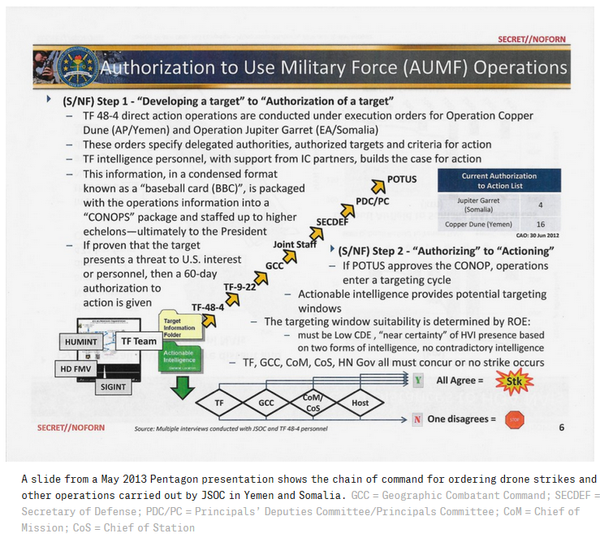The US military faced "critical shortfalls of capabilities" in surveillance prior to executing drone strikes in Somalia and Yemen, secret documents acquired by the Intercept found.
Poor quality of data collected by drones also contributed to hundreds of innocent civilian casualties in the Yemen and Somalia operations. The Intercept's documents also showed that drones often spent more time in transit rather than collecting surveillance.
ACLU: Drone Papers revelations "make a mockery of U.S. government claims" about drone program https://t.co/WrMxfe931A
— jeremy scahill (@jeremyscahill) 15 октября 2015
"Long distances to operating areas complicate the 'fixing' and 'finishing' [high value individuals]. Most objectives in Yemen are ~500km away, Somalia can be over 1000 km. Long transits consume ~50 percent of [intelligence, surveillance and reconnaissance] flight time and complicate strike planning," the leaked document said.
In addition, drones provided limited intelligence as they had to be swarmed to one position during an airstrike, losing focus on their previous monitoring missions.





